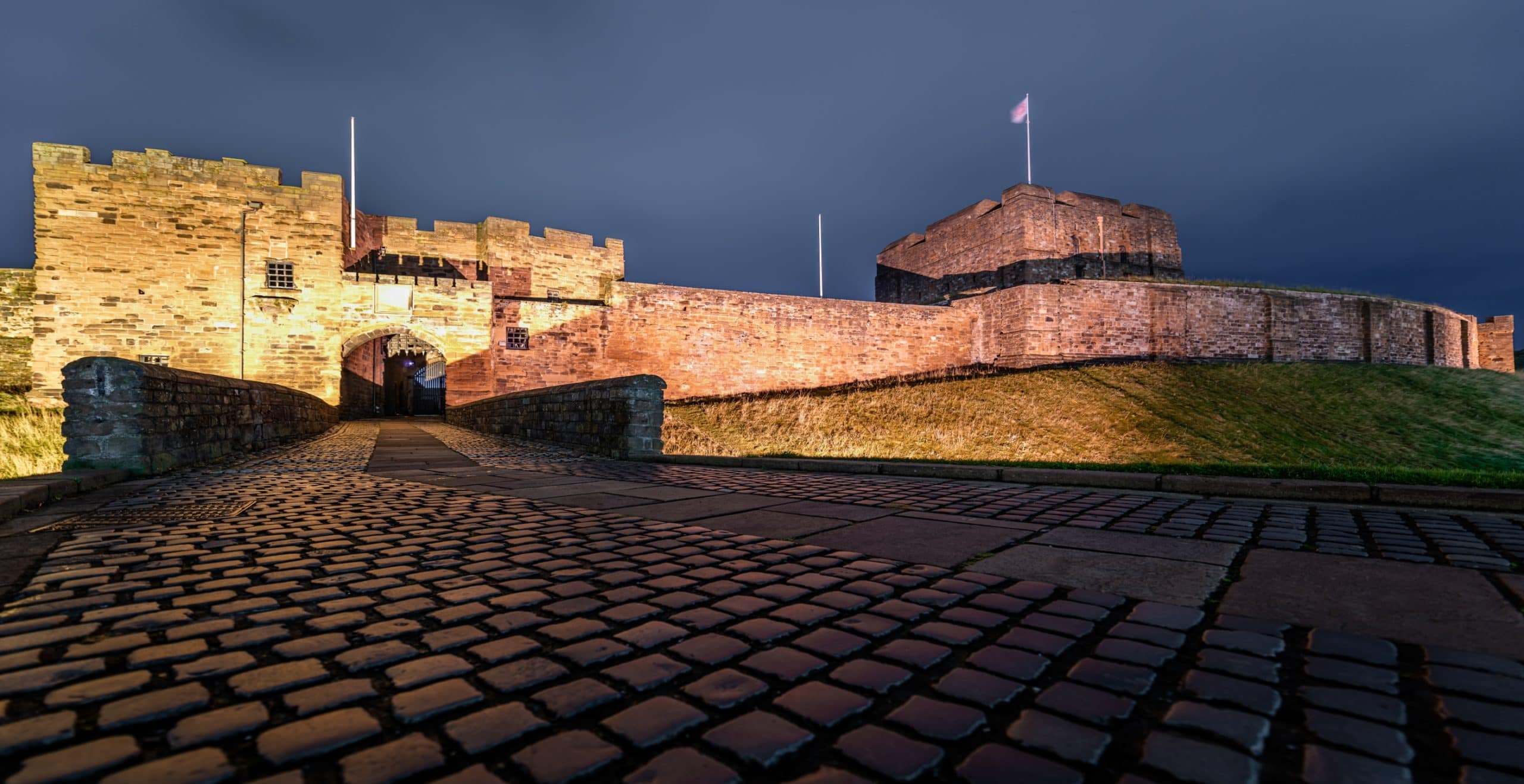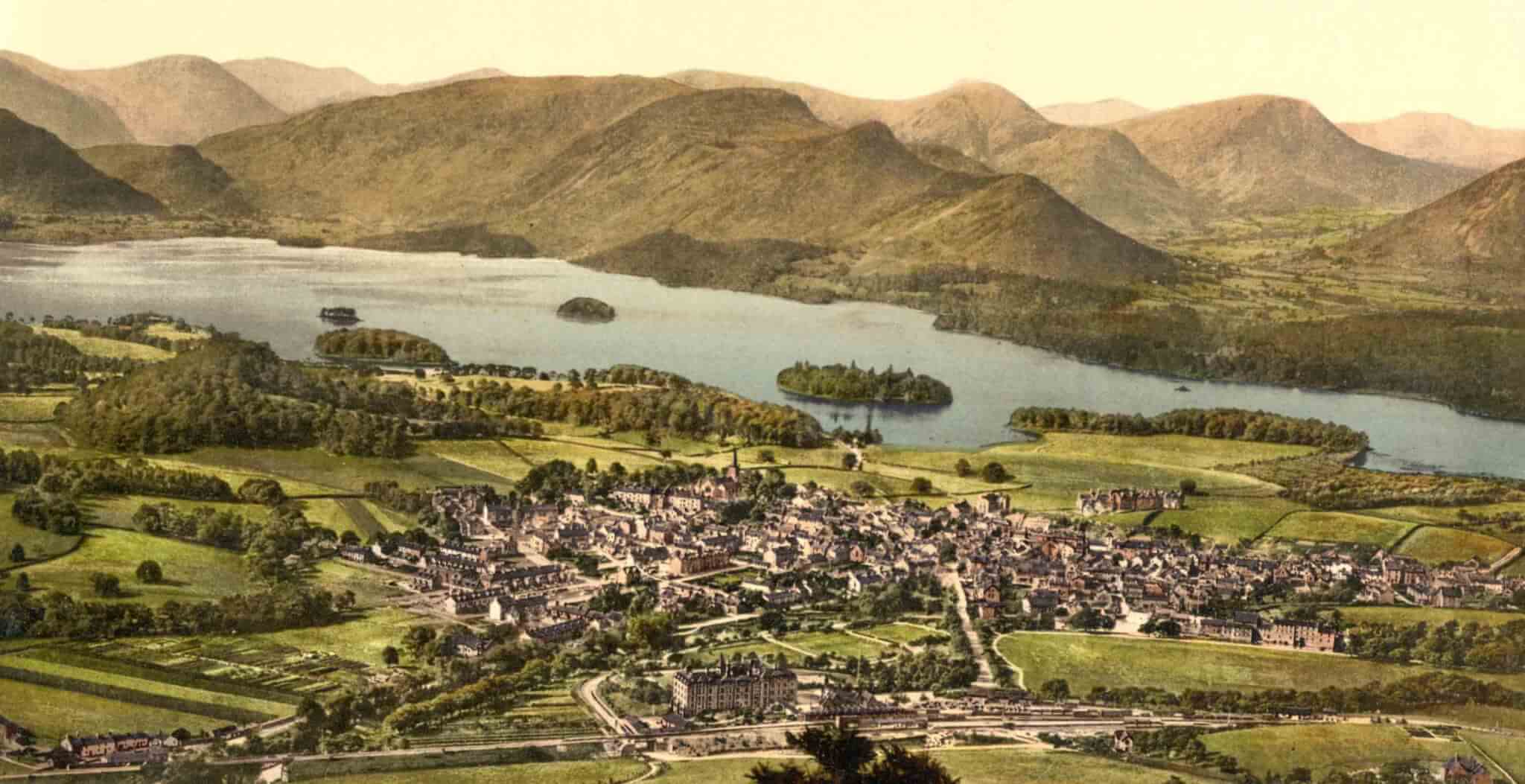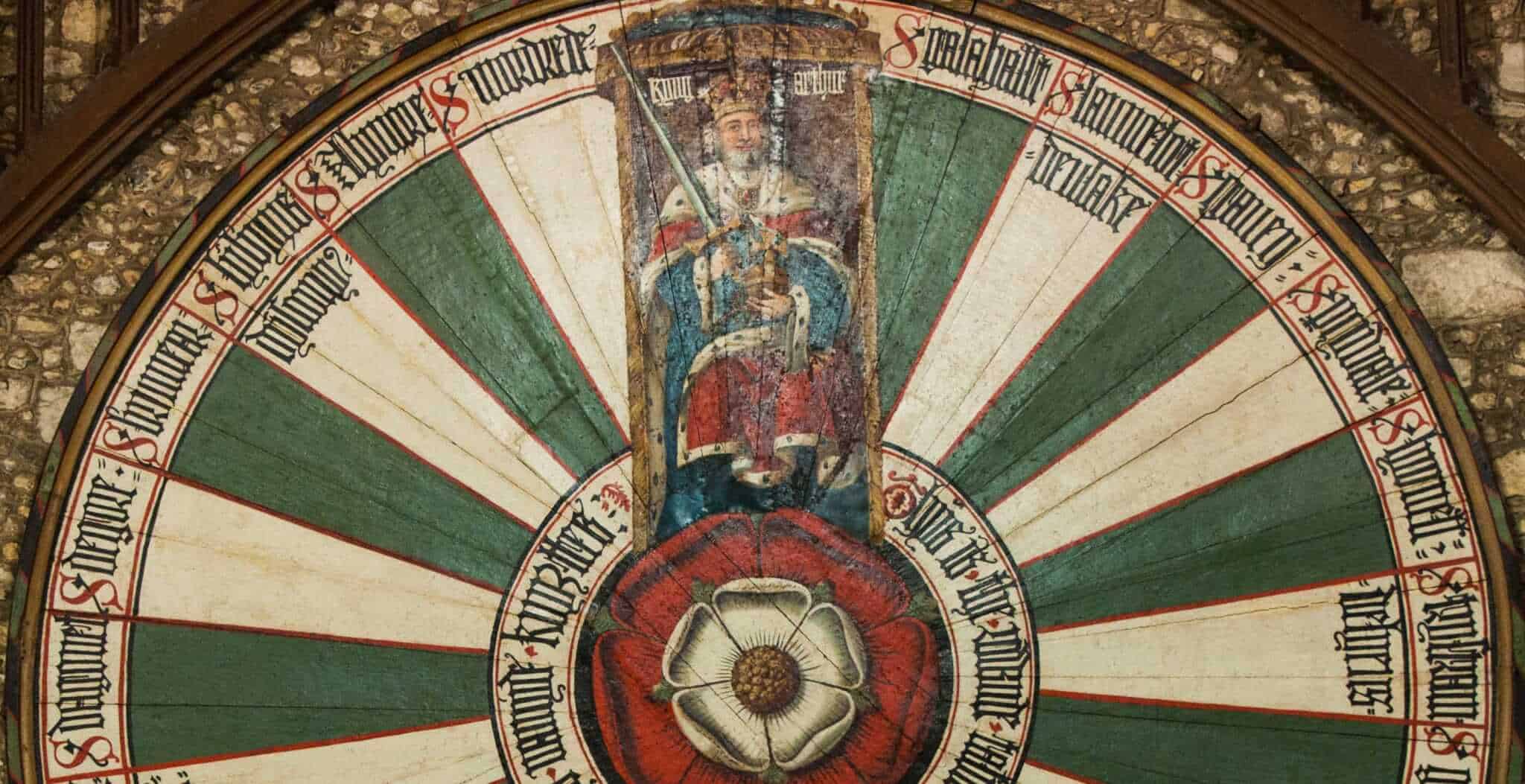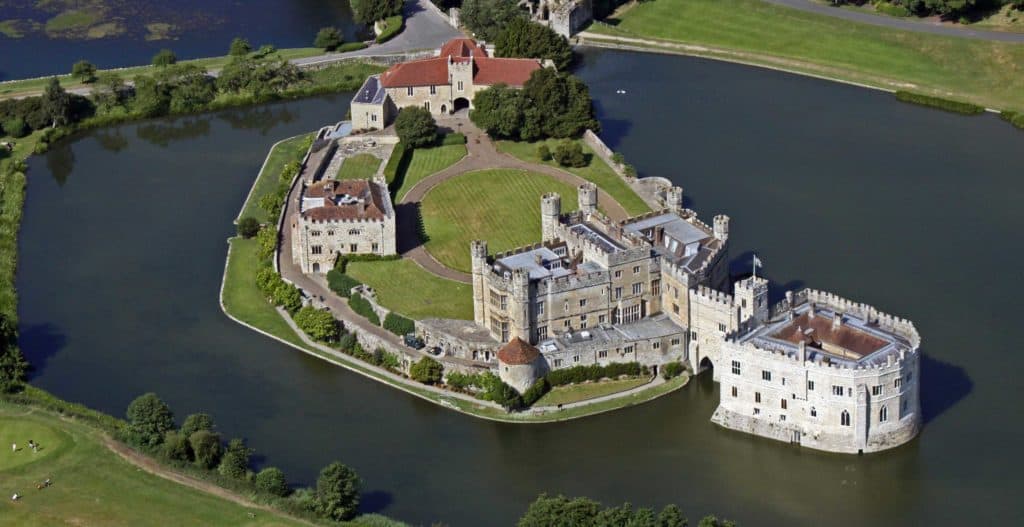Telephone: 01228 591922
Website: https://www.english-heritage.org.uk/visit/places/carlisle-castle/
Owned by: English Heritage
Opening times: Open 10.00-16.00. Dates vary throughout the year, see the English Heritage website for more information. Entrance charges apply to visitors who are not English Heritage members.
Public access: The shop, keep, ramparts and Captain’s Tower are not wheelchair accessible. Parking at the castle itself is only available for disabled visitors, but there are several car parks nearby in the city centre. Dogs on leads are welcome (apart from the new exhibition or Military Museum). Assistance dogs welcome throughout.
Given its strategic location on the English border with Scotland, it is not surprising that Carlisle Castle holds the record for the most besieged place in the British Isles. Carlisle’s role as a major administrative and military centre began nearly 2,000 years ago, when it became Roman Luguvalium. The earliest fort at Carlisle, made from wood and timber, was built where the later castle now stands, and a wealthy town grew up around the military complex. Carlisle’s role as a fortress on the northern frontier continued during early medieval times when it was part of the kingdom of Rheged. Various tales link King Arthur to Carlisle; it’s said he kept court here. When the kingdom of Northumbria was a power in the north, Carlisle also became an important religious centre.
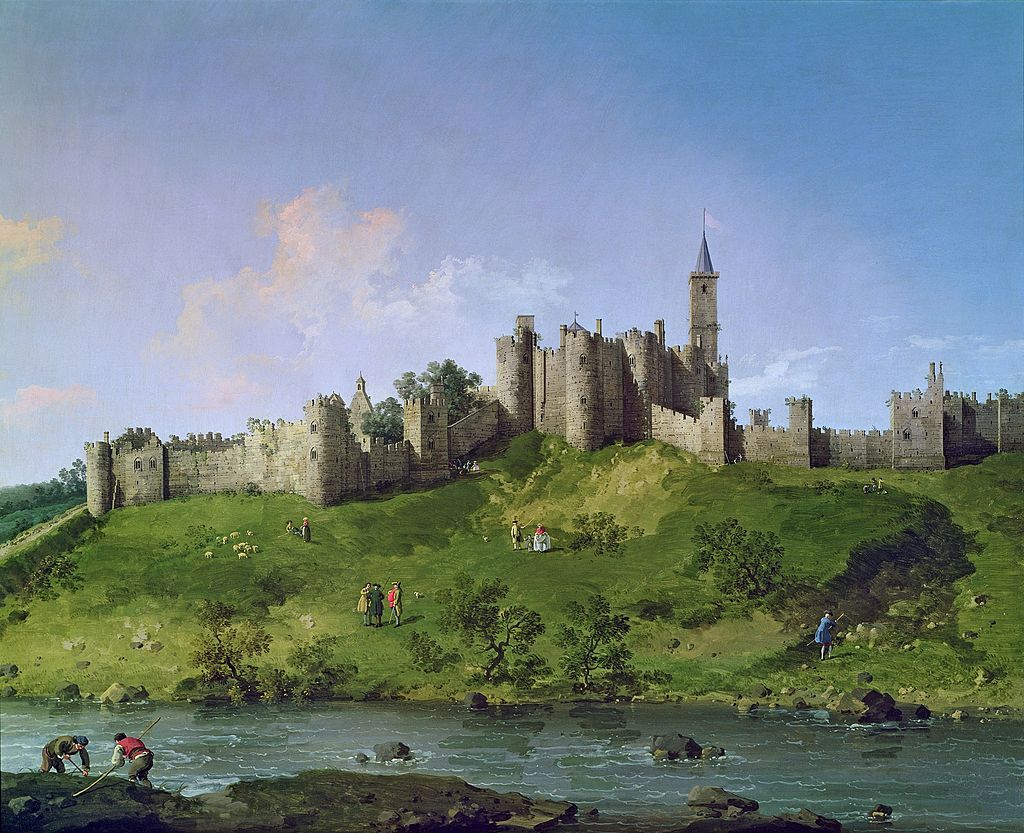
The Norman castle was started during the reign of William II of England, the son of the Conqueror, at which time Cumberland was considered a part of Scotland. After driving the Scots out, William II claimed the region for England and in 1093 a wooden Norman motte and bailey castle was built on the site of the earlier Roman fort. In 1122, Henry I ordered a stone keep to be constructed; the city walls also date from this time. The subsequent history of Carlisle reflects the turbulence of Anglo-Scottish relations, and Carlisle and her castle changed hands many times over the next 700 years. The city was also the scene of triumph and tragedy for monarchs of both countries. David I of Scotland took Carlisle for the Scots again after the death of Henry I. He is credited as having built “a very strong keep” there, which may indicate the completion of work started by Henry I. The castle was back in English hands under Henry II (1154–1189) who installed Robert de Vaux, Sheriff of Cumberland as governor. The governors, and later the wardens, of the castle had a vital role in the maintenance of order along the Anglo-Scottish border.
The castle developed further when Carlisle became the headquarters of Edward I during his first Scottish campaign in 1296. In the following three centuries, Carlisle was besieged seven times, including a lengthy siege by Robert the Bruce after Bannockburn. Eventually firmly in English hands, the castle became the headquarters of the Wardens of the West March. Further massive city defences were constructed in Henry VIII’s reign, when his engineer Stefan von Haschenperg also designed the typically Henrician Citadel. Mary Queen of Scots was imprisoned in the Warden’s Tower in 1567. At the end of the 16th century, the notorious border reiver Kinmont Willie Armstrong was daringly rescued from Carlisle Castle, then also a jail. Even after the Union of the Crowns in 1603, Carlisle Castle still retained its martial tradition, being held for the king during the English Civil War until forced to surrender after a Parliamentarian siege starved the occupants into submission. The castle was also captured and held by Jacobite forces in 1745. Today the military tradition of this powerful northern fortress continues through Cumbria’s Museum of Military Life.

